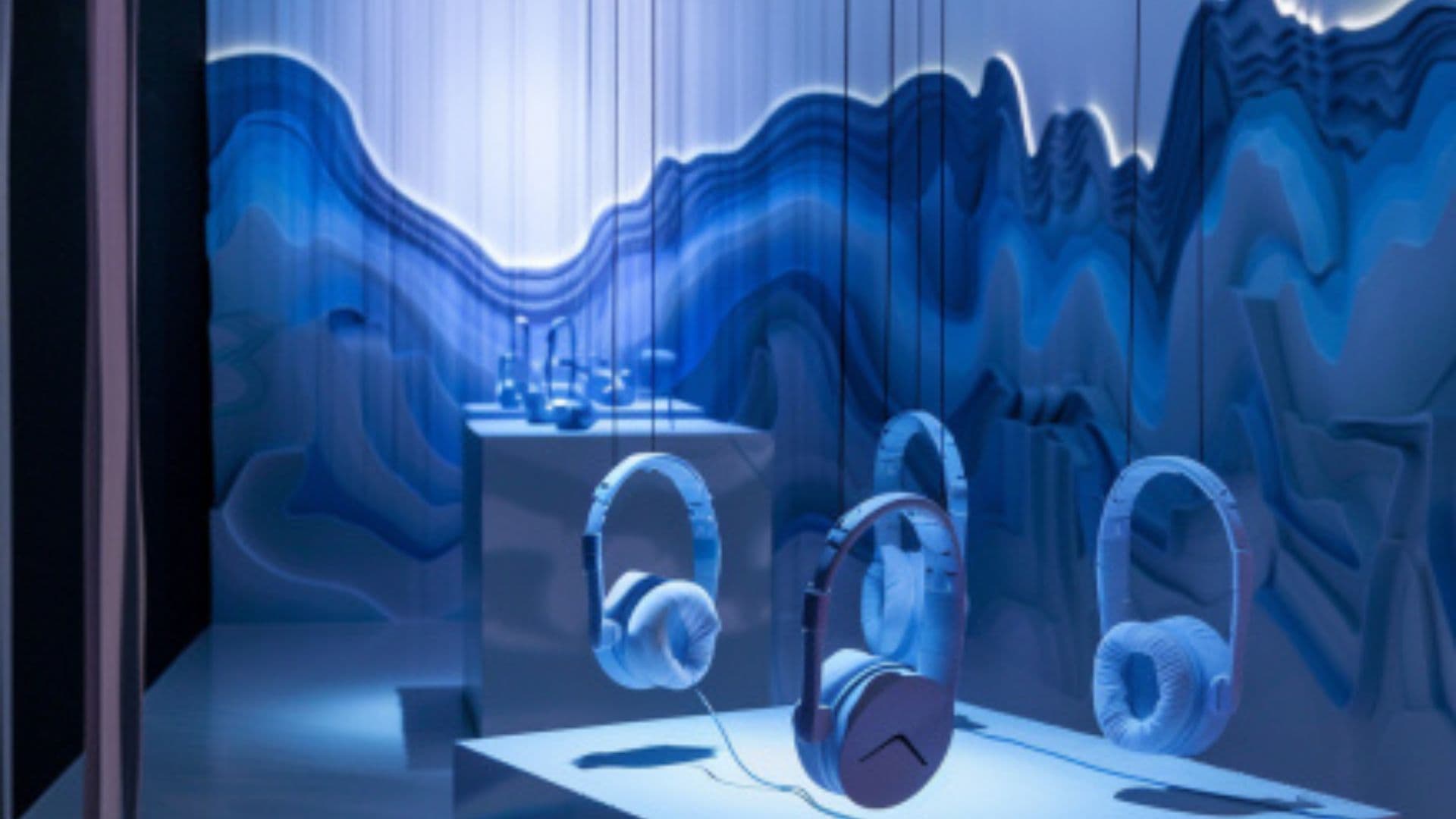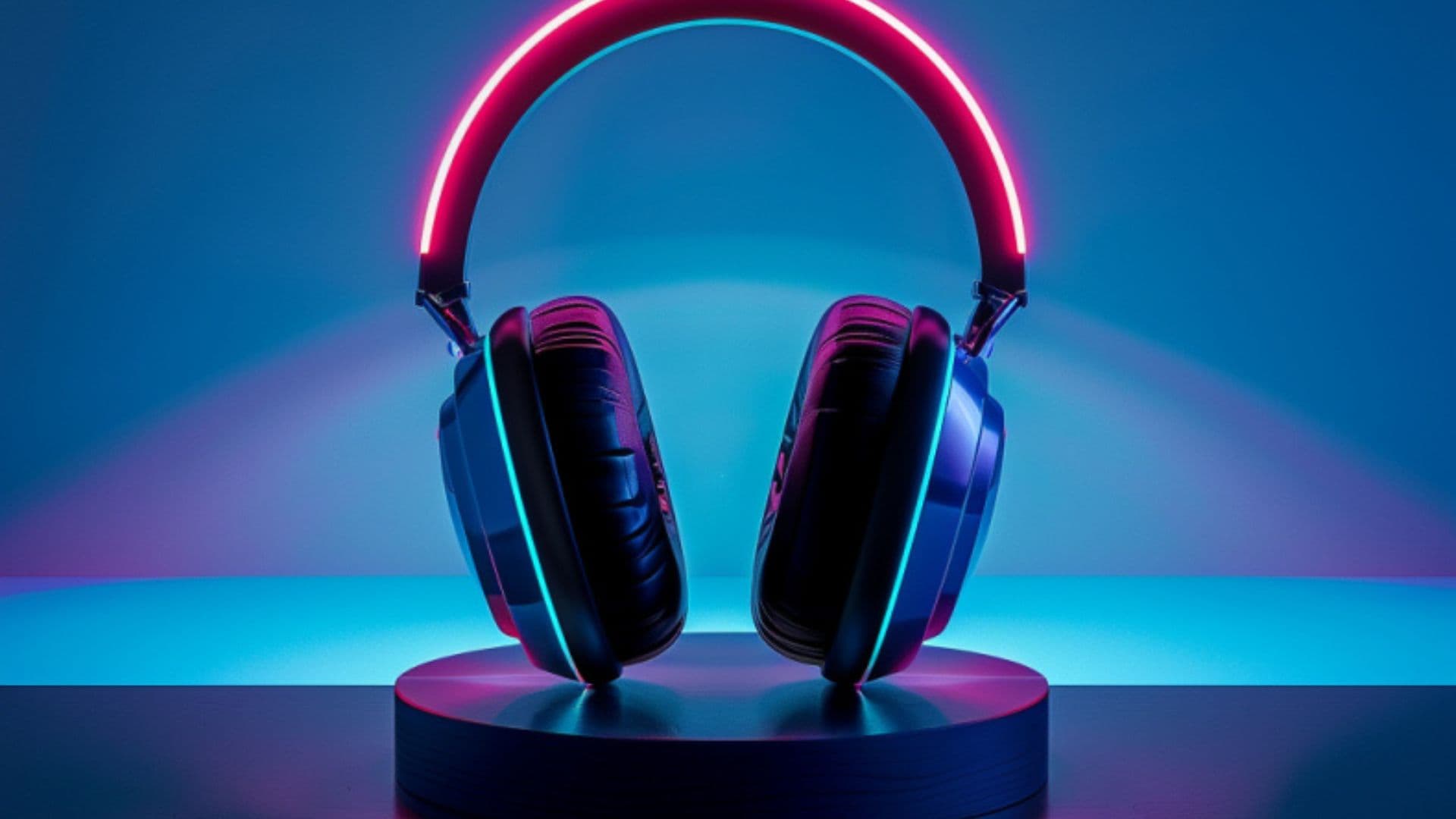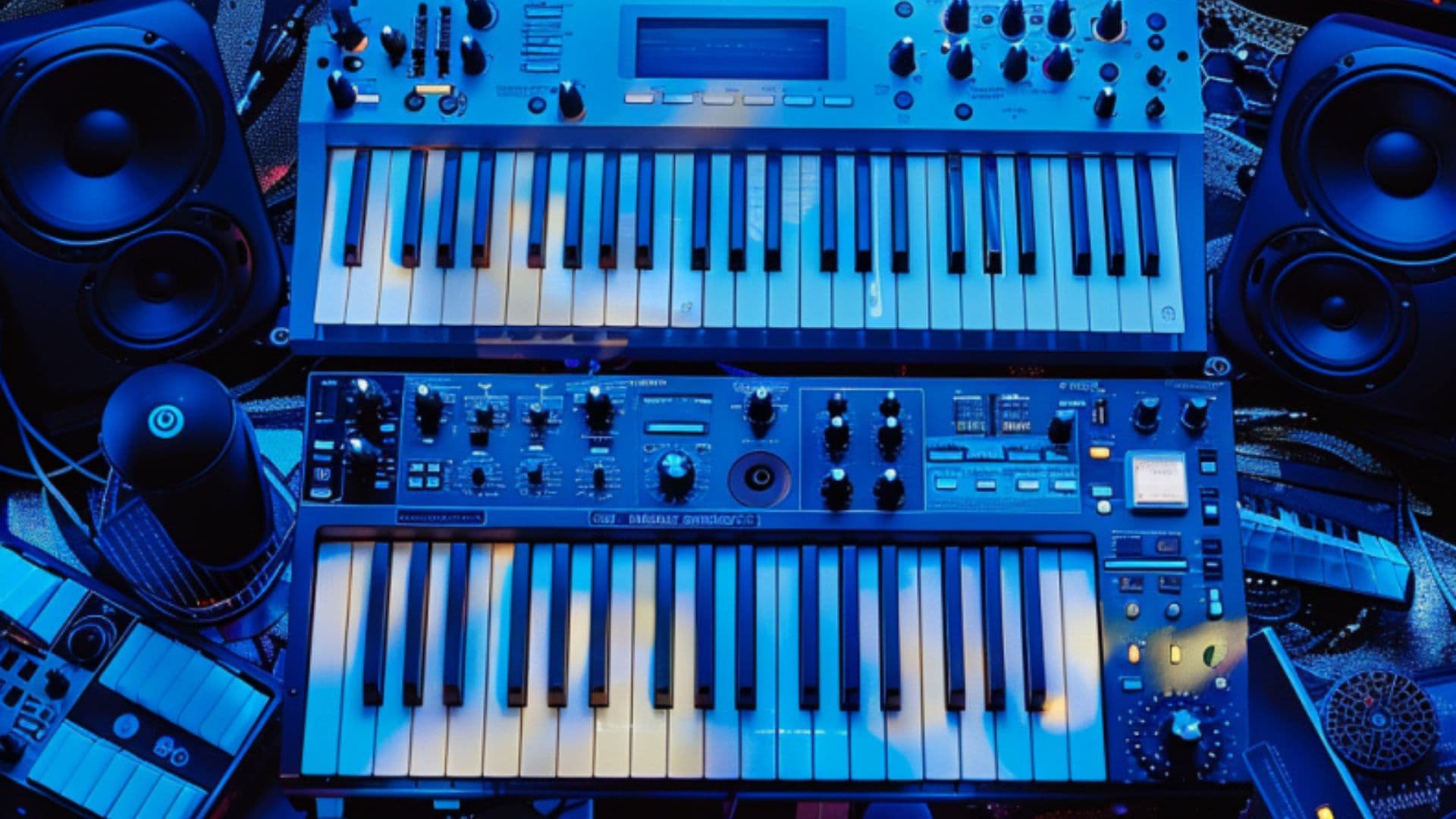
Dolby Atmos Mix: A Comprehensive Tutorial for Music Producers
Content
Introduction to Dolby Atmos Mixing
Dolby Atmos is more than just a buzzword; it’s a transformative way to experience audio. Unlike traditional, mixed in stereo or even surround sound, a Dolby Atmos mix offers a fully immersive audio experience that surrounds the listener with sound coming from every angle, including from overhead speakers. This three-dimensional approach to audio mixing opens up new creative boundaries for music producers and sound engineers, allowing them to explore sound design in ways never before possible.
If you’ve ever wondered how to first create and listen to music with a Dolby Atmos mix or are interested in transitioning from stereo mixing to a fully immersive format, this tutorial will provide you with everything you need to know about Dolby Atmos mixing, from setting up your studio to mastering your final tracks.

Getting Started with Dolby Atmos Music Production
Before diving into the technicalities of Dolby Atmos mixing, it’s essential to understand what tools and equipment you need. The process requires specific software, hardware pro tools, and expertise in audio mixing. Here’s a learning guide to set you up for success:
Essential Tools and Software for Dolby Atmos Mixing
To create a Dolby Atmos mix, you need a DAW (Digital Audio Workstation) that supports immersive audio. Popular choices include Logic Pro, Avid Pro Tools, and Steinberg Nuendo. Each of these DAWs offers native support for Dolby Atmos mixing and includes advanced controls for handling sound objects and immersive soundscapes.
- Dolby Atmos Production Suite: This suite includes essential tools for creating and monitoring Dolby Atmos content. It pairs seamlessly with compatible DAWs and includes the Dolby Atmos Renderer, which helps manage and visualize audio in a 3D space.
- Dolby Atmos Mastering Suite: For those serious about mastering, this suite provides tools that enhance the quality and ensure your final mix translates well across various platforms and playback systems.
Setting Up Your Studio for Dolby Atmos Renderer
A well-equipped studio is critical for Dolby Atmos content creation. While you can start your journey with headphones and a basic DAW, a more professional studio setup requires a mix room optimized for immersive audio.
Speaker Configuration and Audio Interfaces
For the best results, aim for a 7.1.4 speaker configuration, which includes seven main speakers, one subwoofer, and four height speakers. This setup provides the depth and precision needed for an authentic Dolby Atmos experience. A MADI or Dante interface is recommended for managing multiple audio channels efficiently.
- Headphones vs. Speakers: While initial work can be done on headphones, it’s essential to check your mix on speakers. This step ensures that the audio translates well in a physical space and maintains the immersive qualities that are unique to Dolby Atmos music.

Understanding the Dolby Atmos Workflow
The Dolby Atmos workflow involves working with sound objects and bed channels in three dimensions. Unlike traditional stereo, where sounds are limited to a two-dimensional plane, a Dolby Atmos stereo mix allows for dynamic placement of sound objects throughout a three-dimensional space.
Working with Sound Objects and Bed Channels
- Sound Objects: These are individual audio elements that can be positioned anywhere in the 3D sound field. Each object carries metadata with information about its position and movement, allowing for a fully immersive audio experience.
- Bed Channels: These serve as the foundation for your Dolby Atmos mix, usually comprising the main background sounds. They remain fixed while sound objects move independently within the space.
Dolby Atmos production suite
Now that your studio is set up and you understand the basic components of the Dolby Atmos workflow, it’s time to start mixing. Follow these learning steps for a seamless process:
- Import Your Audio Tracks: Begin by importing your audio into your DAW. Make sure your project is set to a 48kHz sample rate and 24-bit depth for optimal quality.
- Configure the Dolby Atmos Renderer: The Dolby Atmos Renderer is crucial for monitoring and adjusting the spatial placement of your sound objects. This tool ensures that your mix translates accurately to various playback systems.
- Position Your Sound Objects: Use the Dolby Atmos Music Panner to place your sound objects within the 3D space. This panner tool is essential for creating movement and depth in your mix.
- Adjust Levels and Reverb: Fine-tune the volume and add reverb to create a sense of space. For example, placing reverb on height channels can add a more realistic, immersive quality to your audio.
Mixing Techniques for Dolby Atmos
Mixing songs in Dolby Atmos requires a different approach compared to stereo. Here are some practical techniques to help you get the most out of your Dolby Atmos mix:
Transitioning from Stereo to Dolby Atmos
Many producers find it challenging to convert their existing stereo mix into a Dolby Atmos version. It’s crucial to maintain the core essence of the mixed or original mono audio while taking advantage of the 3D space. This often involves rethinking the placement of certain instruments and sound effects.
- Maintain the Artistic Vision: While it’s tempting to move everything around in your mix, it’s essential to preserve the artist’s original intent. For example, in rock or pop music, the placement of the drums and bass should remain consistent to maintain the song’s rhythm and energy.
- Utilize Sound Objects for Enhanced Clarity: In genres like electronic music, where individual tracks are often clean and isolated, sound objects can be strategically placed to create a more immersive experience.

Challenges and Solutions in Dolby Atmos mastering suite
Mixing in Dolby Atmos presents its own set of challenges, especially when adapting music originally intended for stereo.
Common Challenges and Their Solutions
- Perception of Bass and Kick: One common complaint is that bass and kick drums lack impact in an Atmos mix. To solve this, ensure that these elements are properly anchored using the Dolby Atmos Renderer and maintain their placement in the front channels for a more direct sound.
- Listening Environment: The way listeners experience Dolby Atmos mixes can vary based on their playback system. This was especially evident when Apple Music introduced their Apple Spatial Audio algorithm, which initially made some mixes sound overly spacious. It’s essential to test your mix on various systems, including headphones and speaker setups, to ensure consistency.
Mastering Your Dolby Atmos Mix
Mastering in Dolby Atmos requires a unique approach compared to stereo. Here’s a guide on how to achieve a balanced and dynamic sound:
Key Considerations for Dolby Atmos Mastering
- Loudness and Dynamic Range: Dolby Atmos mixes often have a higher dynamic range compared to stereo. While stereo mastering tends to push tracks to their loudness limits, Dolby Atmos focuses on maintaining clarity and spatial integrity.
- Platform-Specific Adjustments: Keep in mind that different platforms may process your mix differently. For example, Apple Music uses its own spatial audio processing, which can alter how your mix sounds. Familiarize yourself with these variations to make informed adjustments.
Distributing and Listening to Your Dolby Atmos Mix
After mastering your mix, it’s time to prepare it for distribution. Export your project as an ADM (Audio Definition Model) file, which includes both audio and metadata. This format ensures that object audio in your mix maintains its immersive qualities across different playback systems.
Tips for Effective Distribution
- Apple Music and Amazon Music: Both platforms support Dolby Atmos music, but they may have different algorithms for processing your mix. Test your mix on both to ensure quality.
- Binaural Monitoring: While the final mix should be checked on speakers, binaural audio allows producers to simulate a Dolby Atmos listening experience through headphones. This is helpful for previewing how your mix will sound on platforms that use binaural rendering.

Conclusion: Embracing the Future of Audio
Creating a Dolby Atmos music mix may seem daunting at first, but with the right tools, techniques, and a solid understanding of the Dolby Atmos workflow, it becomes an exciting and rewarding process. From setting up your studio and learning how to place sound objects to mastering and distribution, every step is an opportunity to elevate your audio mixing skills.
Dolby Atmos music is more than just a trend; it’s the future of immersive audio. By mastering songs for Dolby Atmos, producers can push the creative boundaries of their music, offering listeners a more dynamic and fully immersive experience. So dive into this immersive format, experiment with new mixing techniques, and transform your own music into an audio masterpiece that resonates with you and your audience.
produce your Dolby Atmos Mix with this courseRelated Articles
3D Audio - the immersive spatial soundtrack from all directions